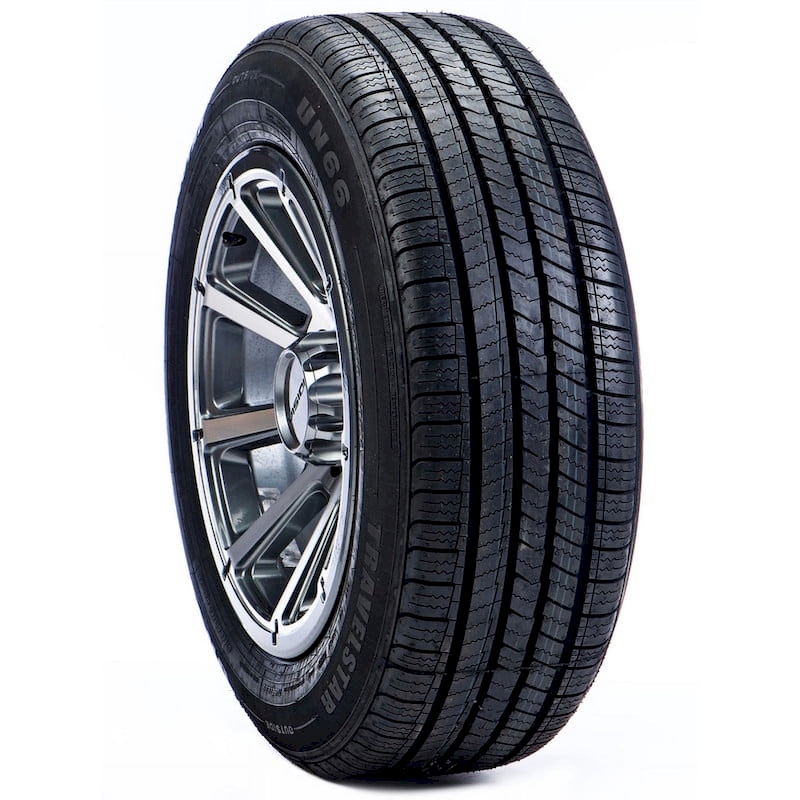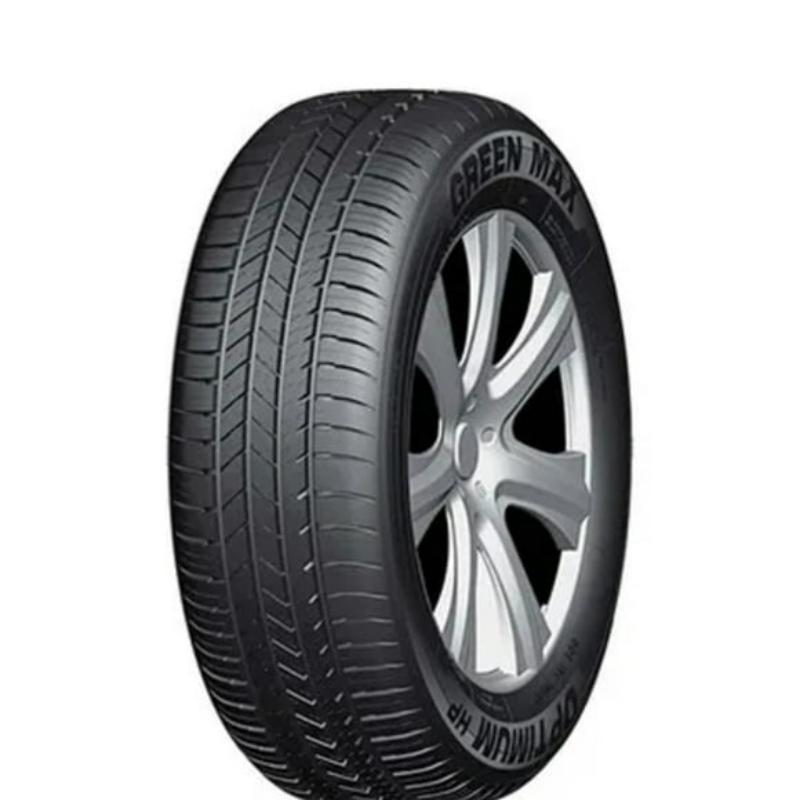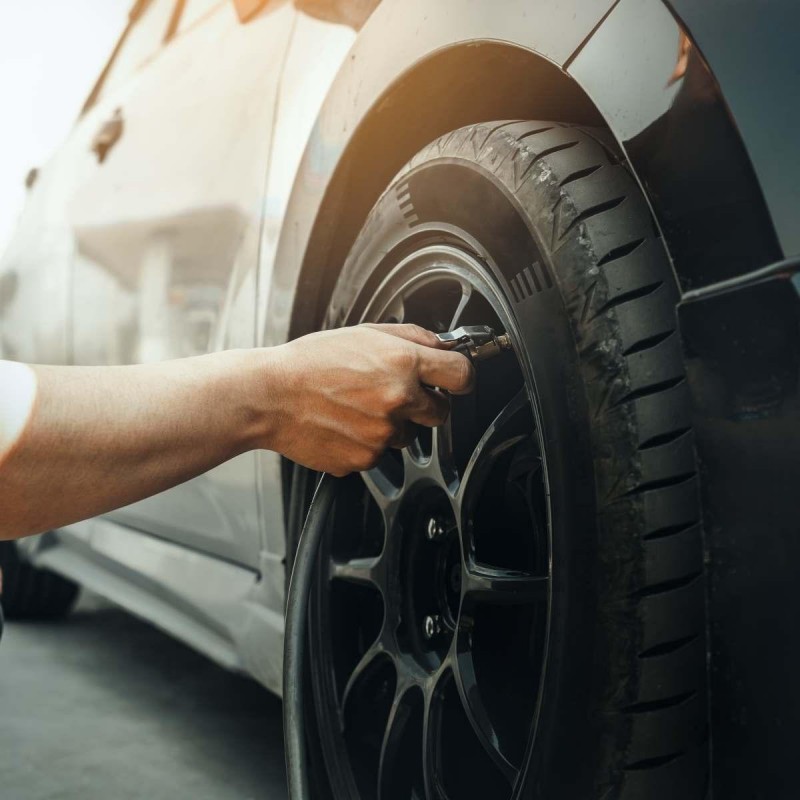Keeping your vehicle maintenance in check encompasses many vital components, but one of the most important, yet often overlooked, aspects is the condition of your tires. Your tires are the only connection between your vehicle and the road, playing a crucial role in safety, handling, and overall performance. Among the most important factors to monitor is tread depth. The tread on your tires is responsible for providing traction, especially in adverse weather conditions. As tires wear down, their ability to grip the road diminishes, which can lead to dangerous driving situations. Therefore, understanding how to check tread on tires is essential for any driver. This comprehensive guide will cover everything you need to know about tire tread depth, methods to measure it, the importance of regular checks, and actionable tips for maintaining optimal tire performance.

The Importance of Tread Depth
Before delving into specific methods of how to check tread on tires, it’s essential to emphasize the significance of tread depth and its impact on your vehicle’s safety and performance.
Safety and Traction
Tires with adequate tread depth provide the necessary traction to prevent slipping or skidding, especially during wet or icy conditions. As the tread wears down, the surface area that grips the road decreases, leading to compromised stopping distances. Insufficient tread can also increase the likelihood of hydroplaning when driving on wet surfaces.
Performance and Handling
Good tread depth enhances your vehicle’s performance and handling. Tires with proper tread depth respond better to steering inputs and provide improved stability when cornering. Conversely, worn tires can lead to unpredictable handling, making it challenging to maintain control of your vehicle.
Legal Requirements
Many countries have legal minimum tread depth requirements. Understanding your local regulations can help you avoid fines and ensure that your vehicle complies with safety standards.
Prolonging Tire Life
Regularly checking tread depth and replacing tires when needed can extend the lifespan of your tires. Keeping your tires in good condition saves you money in the long run and ensures a more enjoyable driving experience.
Recognizing Tread Depth Indicators
To effectively check tire tread depth, you should be aware of the various indicators that can assist you. Below are some common methods for measuring tread depth:
Tread Wear Indicators
Most tires come equipped with built-in tread wear indicators. These indicators are small raised bars located at the bottom of the tread grooves. When the tread wears down to the same height as these bars, it signals that the tire has reached its minimum tread depth and needs replacement.
Visual Inspection
Often, a simple visual inspection can help assess the condition of your tire tread. Look for uneven wear patterns, bald spots, or cracks within the tread. If you notice any visible damage, giving your tires further examination is essential.
Tread Depth Measuring Tools
To precisely determine tread depth, consider using specialized tools designed for this purpose. Some options include:
- Tread Depth Gauge: A straightforward tool that fits into the grooves to provide a precise measurement of tread depth.
- Penny Test: A quick DIY method using a penny. Insert the penny into the tread groove with Lincoln’s head facing down. If you see the top of Lincoln’s head, it means the tread is too worn.
Professional Inspections
For those who prefer a professional touch, visiting a tire service dealer for a comprehensive inspection is another excellent option. Technicians can assess your tires and advise you on when to replace them.
Methods on How to Check Tread on Tires
Now that you understand the importance of tire tread depth, let’s explore various methods for how to check tread on tires effectively.
Using a Tread Depth Gauge
A tread depth gauge is a simple tool that provides a precise measurement of tire tread depth. Follow these steps:
- Purchase a Tread Depth Gauge: These are inexpensive and readily available at auto parts stores or online.
- Insert the Gauge: Place the probe of the gauge into the tread groove and push down until the base of the gauge makes contact with the tire’s surface.
- Read the Measurement: Check the reading indicated on the gauge. If the tread depth is below 2/32 of an inch, it’s time to replace the tires.
Conducting the Penny Test
The penny test is a quick and effective way to estimate tread depth without any specialized tools. Follow these simple steps:

- Get a Penny: Find a standard U.S. penny.
- Insert the Penny: Insert the penny into the tread groove upside down, ensuring Lincoln’s head is facing down.
- Evaluate the Tread Depth: If you can see the top of Lincoln’s head, the tread is too worn, and it’s time to replace the tire. Ideally, you want to see some of the penny covered by the tread.
The Quarter Test
If you want a little more accuracy than the penny test, consider using a quarter instead. The steps are comparable:
- Use a Quarter: Grab a quarter coin.
- Insert the Quarter: Position the quarter in the tread groove, with George Washington’s head facing down.
- Check the Depth: If the tread covers part of Washington’s head, your tread depth is still acceptable. If you can see the top of his head, you need to consider replacing the tire soon.
Visual Inspection Method
Occasionally, a visual inspection can reveal a lot about the condition of your tires. Here’s what to look for during an inspection:
- Check for Evenness: Look at the tread to determine if it wears evenly. Uneven wear may indicate alignment issues or problems with suspension.
- Inspect for Cracks or Bulges: Pay attention to any cracks, bulges, or cuts in the sidewalls, which can signal serious problems.
- Look for Tread Patterns: Different types of tread patterns affect water drainage and traction. If the tread appears too shallow in certain areas, it could be time for a replacement.
Maintenance Tips for Optimal Tire Performance
Checking the tread on your tires is vital, but that’s just one part of maintaining your tires for peak performance. Here are some crucial maintenance tips that can help prolong the life of your tires:
Rotate Your Tires Regularly
Regular tire rotations ensure that all tires wear evenly. This should typically be done every 5,000 to 7,500 miles, but consult your owner’s manual for specific recommendations.
Monitor Tire Pressure
Maintaining the correct tire pressure is essential for optimal performance and tread life. Under-inflated tires can wear out quickly and become dangerous. Use a tire pressure gauge to check your tire pressure regularly.
Align and Balance Your Tires
Having your wheels aligned and balanced helps ensure even tire wear. Misalignment can cause excessive wear on specific tires. If you notice any misalignment, such as pulling to one side, take your vehicle in for an alignment check.
Avoid Overloading Your Vehicle
Exceeding your vehicle’s load capacity can lead to increased stress on your tires and contribute to uneven wear. Check the manufacturer’s guidelines and avoid carrying excessive weight.
Address Issues Promptly
If you notice any concerning symptoms, like vibrations while driving or unusual noises, investigate the issue promptly. Ignoring potential problems can lead to more significant, expensive repairs down the road.
Signs That It’s Time to Replace Your Tires
Even with regular checks, there comes a time when tire replacement is unavoidable. Here are some signs that indicate it may be time to buy new tires:
Read Depth at or Below 2/32 of an Inch
Tires that have tread depths of 2/32 of an inch or lower should be replaced immediately. At this depth, the tire can struggle to grip the road during wet conditions, leading to a significant safety risk.
Cracked Sidewalls
If you see cracks or bulges on the sidewalls of your tires, it could indicate that they are aging and can fail soon. Cracks can compromise the tire’s integrity and lead to blowouts.
Uneven Wear Patterns
If you notice that the tread is significantly different across the tire or if one side is more worn than the other, it indicates underlying issues that may require replacement.
Age of the Tire
Even if tread depth appears satisfactory, consider the age of your tires. Most manufacturers recommend tire replacement every six years, regardless of wear. If your tires are beyond this age, it is best to replace them.
Frequent Air Loss
If you find yourself needing to inflate your tires often, it might be a sign of damage or a leak, indicating a need for replacement.
Driving on Worn Tires: The Risks Involved
Driving with worn tires carries significant risks that can jeopardize both your safety and the safety of others on the road. Here are some potential hazards associated with neglecting to replace worn tires:
Reduced Traction
Worn tires lack sufficient tread depth, resulting in reduced traction, especially in wet conditions. This can lead to hydroplaning or difficulty navigating sharp turns.
Longer Stopping Distances
When tires are worn, your vehicle will take longer to stop when braking. This delayed response can result in accidents, particularly in emergency situations.
Increased Risk of Blowouts
Worn tires are more prone to blowouts, which can lead to loss of vehicle control and severe accidents. It’s essential to replace tires before they reach an unsafe condition.
Higher Fuel Consumption
Tires that are worn or improperly inflated can lead to increased rolling resistance, causing your vehicle to consume more fuel. This inefficiency can hit your wallet hard over time.
Increased Wear on Other Components
Driving on worn tires can exacerbate wear on suspension and steering components. This increases the risk of mechanical failure in other parts of your vehicle and can lead to costly repairs.

Conclusion
How to check tread on tires? In conclusion, knowing how to check tread on tires is a critical skill for every vehicle owner. It not only ensures your safety but also enhances your driving experience. By understanding the importance of tire tread depth, utilizing various methods to measure it, and implementing regular maintenance practices, you invest in both the performance of your vehicle and the safety of your loved ones on the road.
Recognizing the signs that indicate it’s time for a replacement can help you avoid dangers associated with driving on worn-out tires. Making informed decisions based on careful inspections and awareness of your tire’s condition leads to a safer, more efficient driving experience. Ultimately, proactive tire maintenance plays a fundamental role in ensuring your vehicle operates at its best, reducing the risks of unexpected roadside issues, and allowing you to enjoy the journey with confidence.